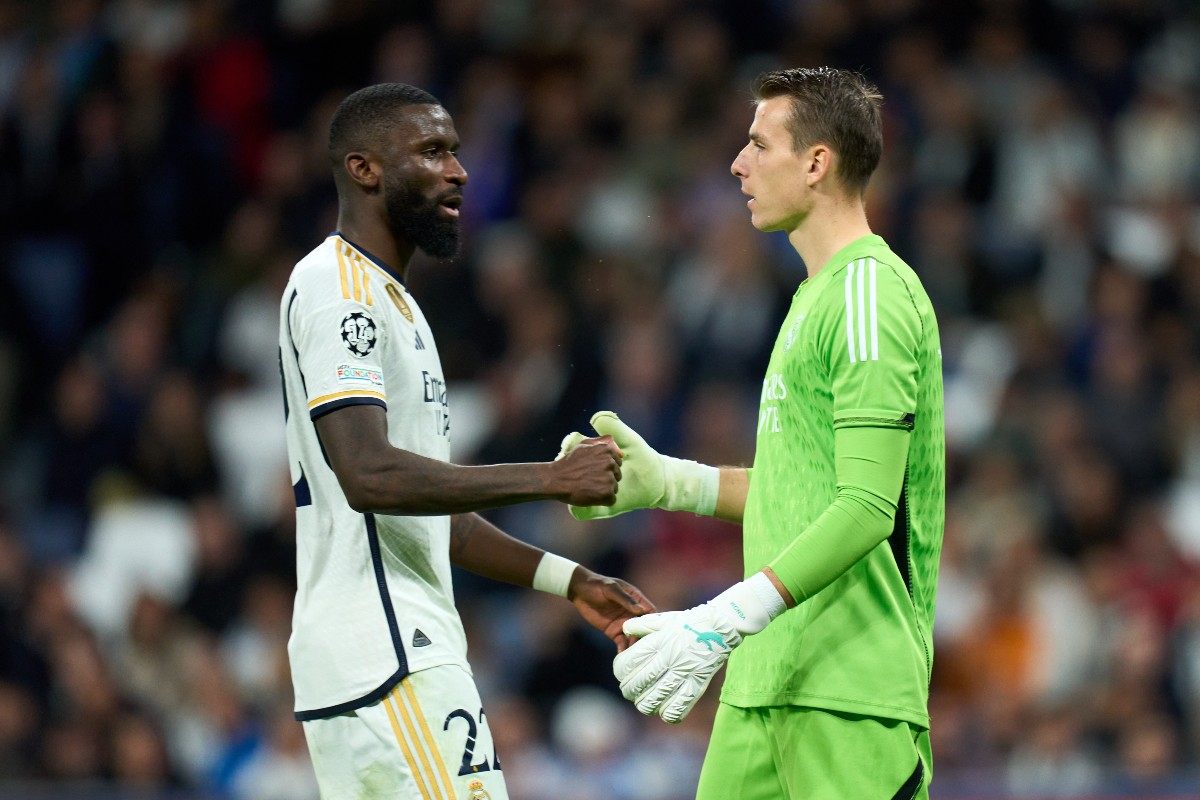Former Man United star Ruud van Nistelrooy is reportedly close to becoming the next manager of Championship side Burnley.
The Clarets have been looking for a new coach since Vincent Kompany parted ways with the English club at the end of the season as the Belgian decided to take the giant step up to manage Bayern Munich.
Burnley were relegated from the Premier League last season but showed signs of life towards the end of the campaign. The Clarets still have a strong squad and will be contenders to bounce straight back up to England’s top flight.
The Championship outfit have now decided that Ruud van Nistelrooy is the man they want to help them achieve that and the former PSV boss is close to becoming the next manager of Burnley, reports Dutch outlet De Telegraaf.
The 47-year-old is free to move to a new club having resigned as PSV boss towards the end of the 2022/23 season due to a lack of support.
The former Man United striker spent just one season with the Dutch giants but won the KNVB Cup and the Dutch Super Cup in that short time.

Former Man United star Ruud van Nistelrooy knows English football well
Van Nistelrooy knows football in England very well having spent five years in the country as a Man United player between 2001 and 2005.
The Dutch star won everything in England and is one of the greatest strikers the country has ever seen having also picked up the Player of the Season award for the 2002/03 campaign – a year in which he won the Golden Boot.
Van Nistelrooy featured 219 times for Man United and finished his time at Old Trafford with 150 goals and 30 assists.
That is the story of his career in England as a player, with the Dutch coach now ready to write a new one as a manager.



